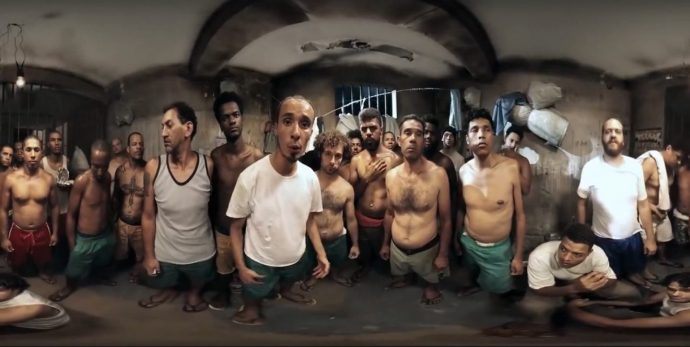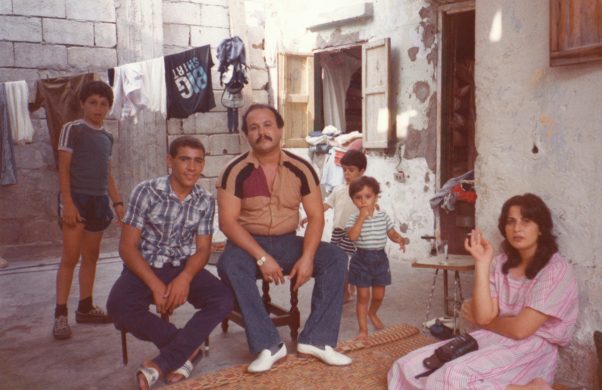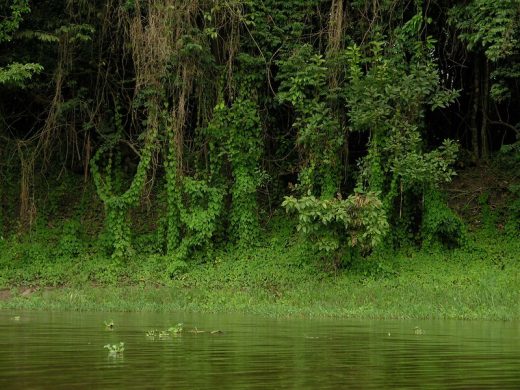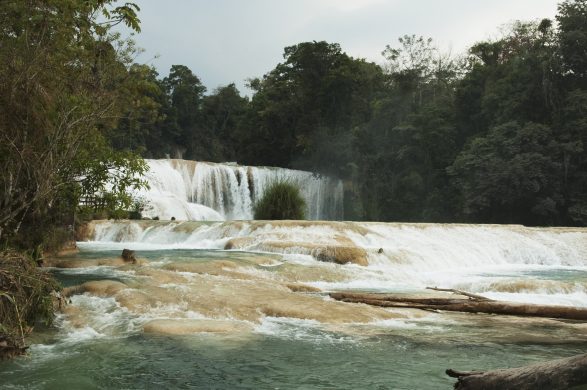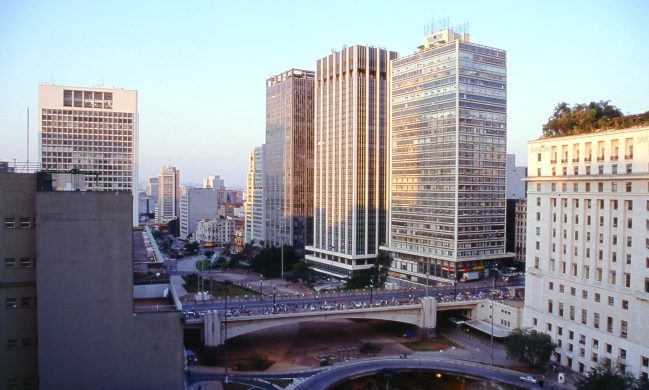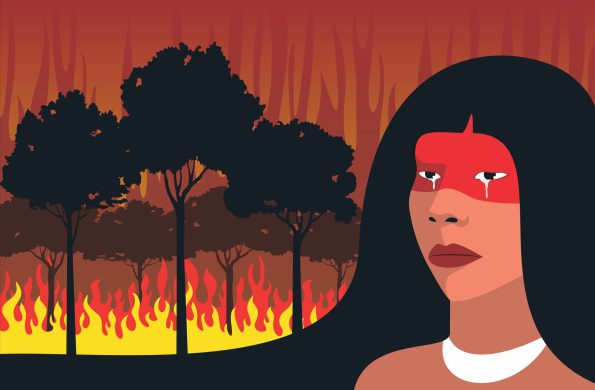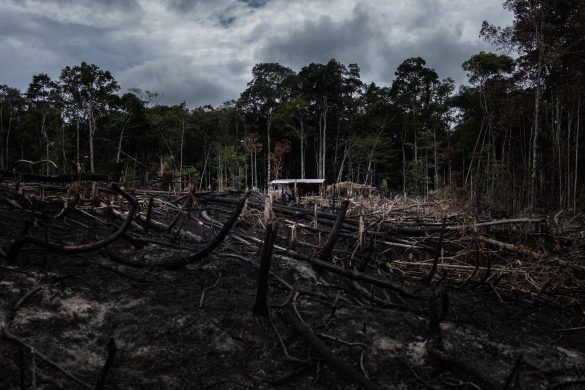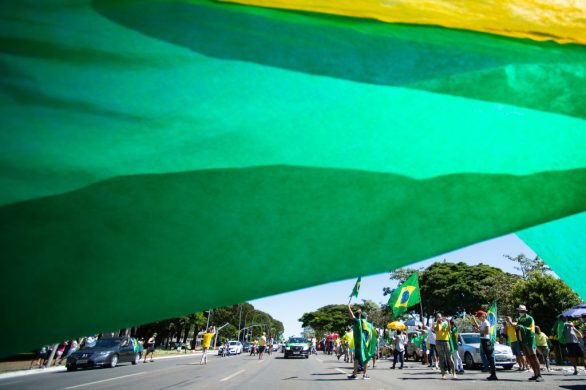Imagine sharing a room with 40 other people in a space made for12.
Imagine having to hang your mattress close to the ceiling because the sewage system often clogs and floods the room with dirty water up to 40 centimeters high. The place is so filthy that your skin breaks out in a rash that will soon worsen into a festering wound.
Diseases such as AIDS and tuberculosis spread like epidemics, but if you get really sick, only one type of medicine will be prescribed, no matter your symptoms.
And you might not even have been convicted to a crime. It could be years before before you get a hearing, let alone a trial and a court sentence.
This is life in Brazilian prisons. Brazil's prison population grew 400 per cent in the past 20 years, when its actual population increased by only 36 per cent in the same period. That's a yearly surplus of 40,000 of people.
Brazil's large prison population ranks it fourth in the world, only behind the United States, China and Russia. All of Brazil's 27 states have more people in prison than they have slots available.
According to the National Council of Justice, as of February 2017 there were over 600,000 people incarcerated in Brazil. Among them, more than 220,000 are still awaiting trial — that waiting period varies between 172 and 974 days.
The overcrowding, the health crisis, and the torture that some detainees experience have also increased the power of gangs, criminal factions and druglords that use prisons as their actual headquarters.
Brazilian human rights advocacy NGO Conectas recently launched a campaign to call attention to all this. They created a 360º video showing what it's like to live in a overcrowded prison cell in Brazil, and in three days it reached more than 9 million views and 55,000 shares on Facebook (and a considerable amount of both positive and negative reactions).
Læs hele artiklen hos Global Voices

